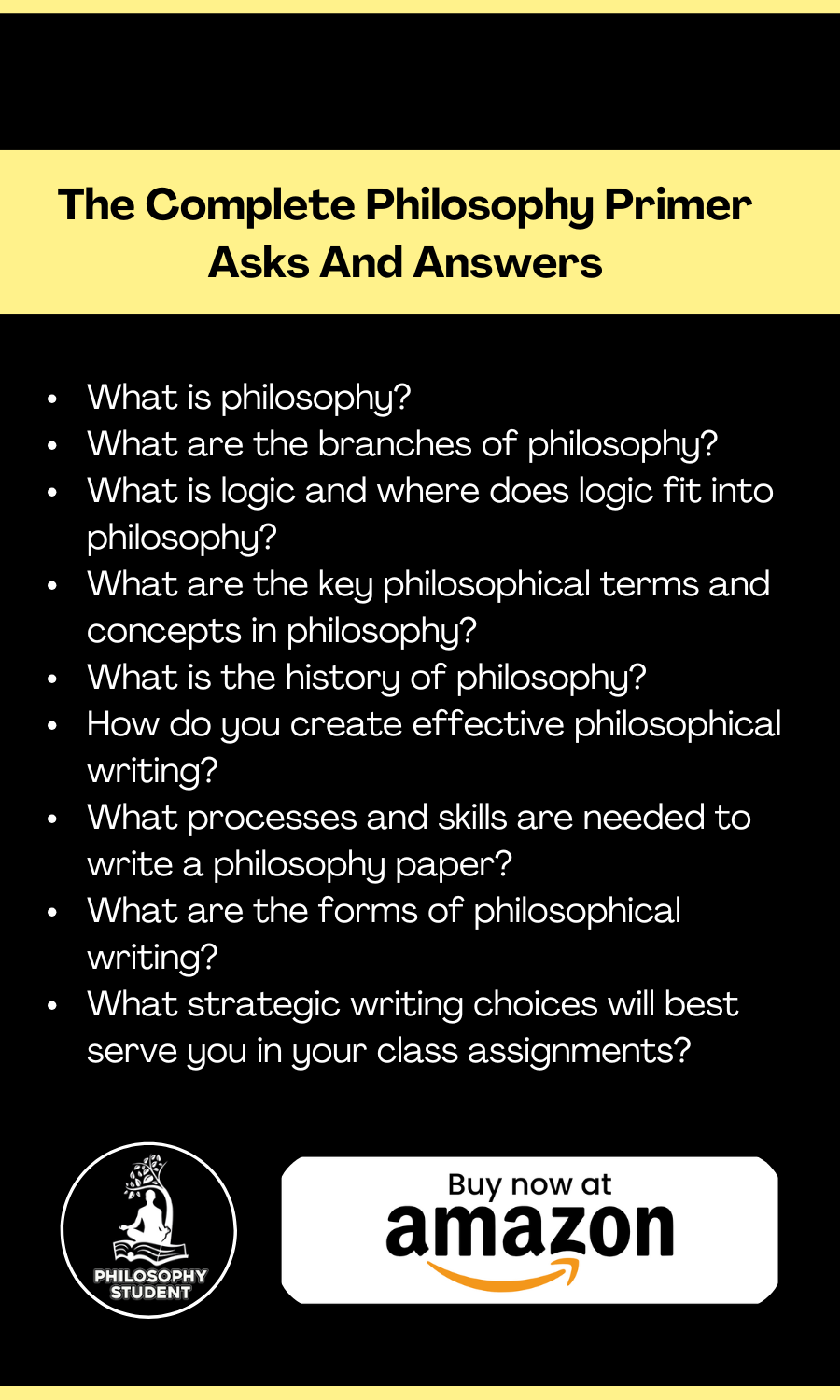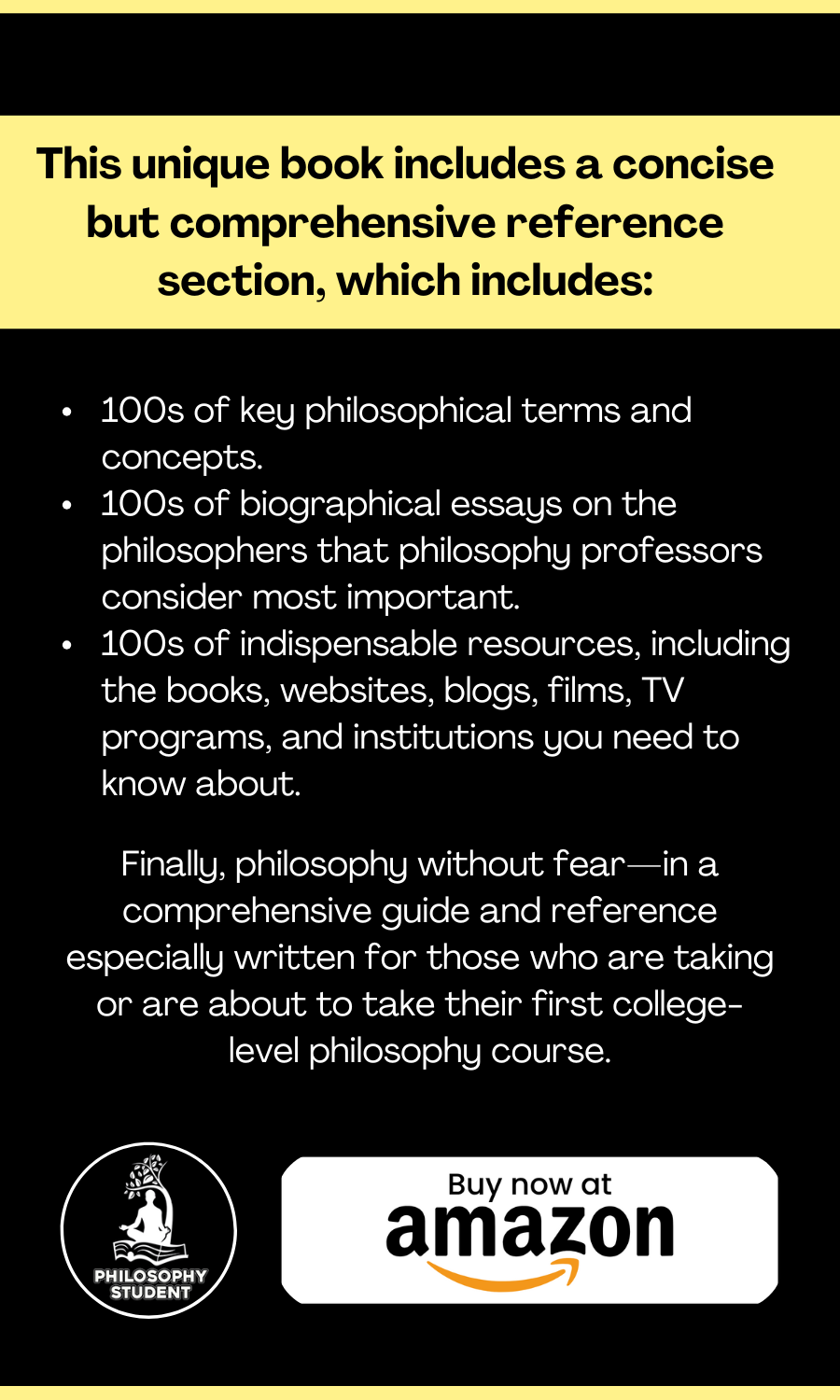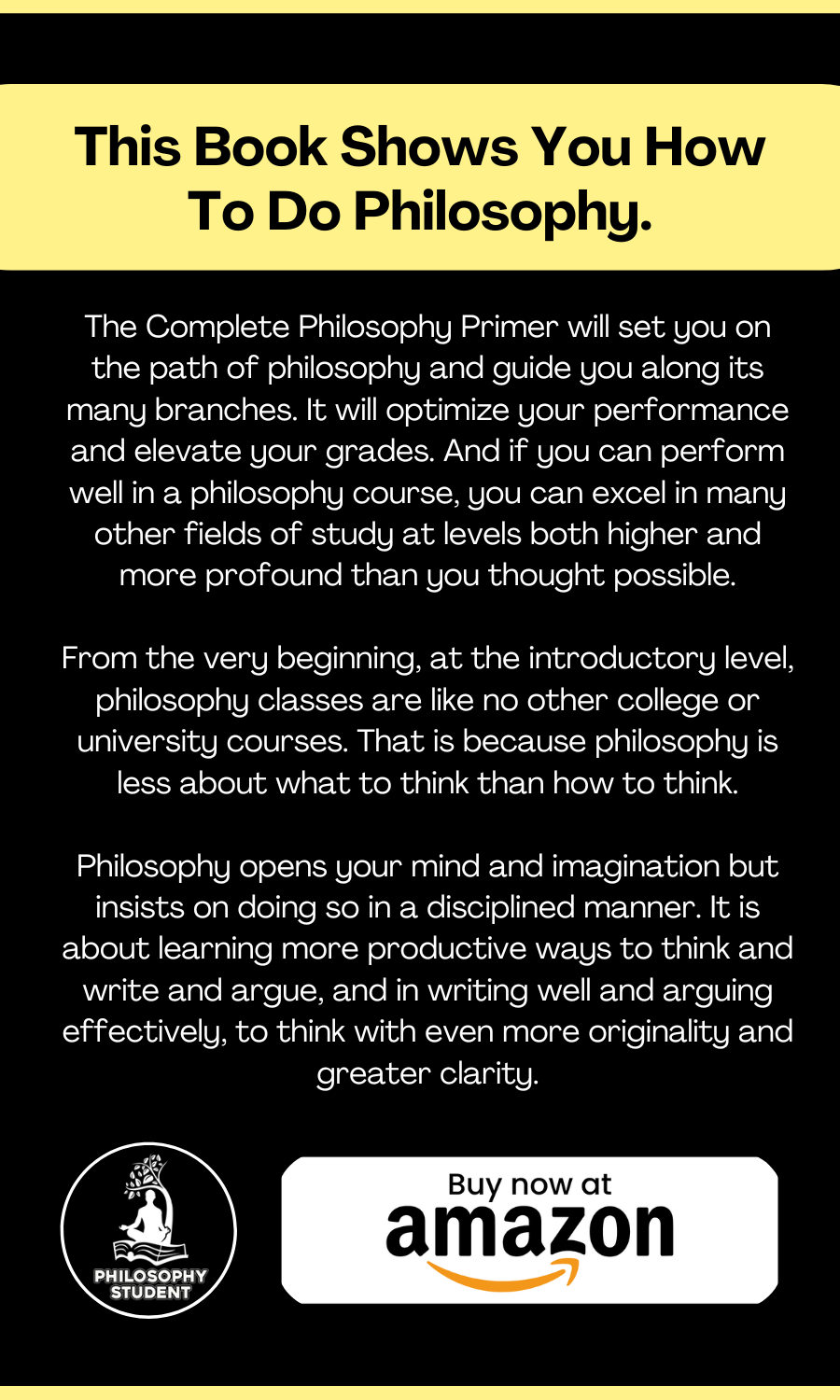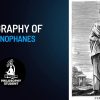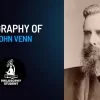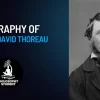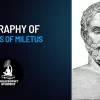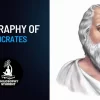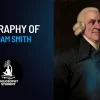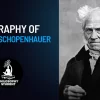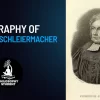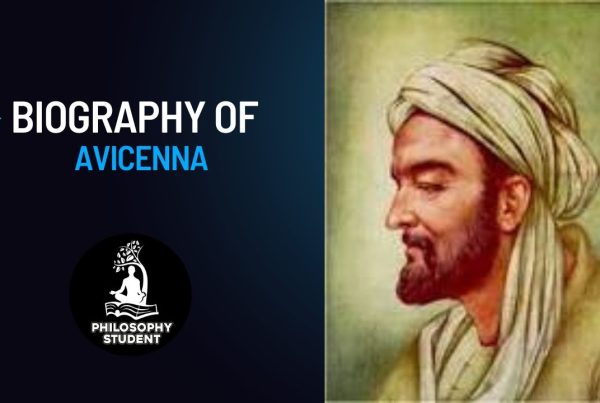A common extension to the standard formal languages outlined above is to introduce the technical machinery required to evaluate natural language arguments containing modal terminology (that is, talk of possibility and necessity). A simple modal language is formed by expanding the language of the propositional calculus with the two one-place logical connectives ☐ (“it is necessary that …”) and ◇ (“it is possible that …”), along with the corresponding formation rules:
If P is a wff, then ☐P is a wff;
If P is a wff, then ◇P is a wff.
Semantics
The semantics for modal propositional calculus is not straightforward, as modal locutions are not transparently truth-functional; that a proposition P is false does not logically entail whether it is possibly true or necessarily false. It follows therefore that the modal operators cannot simply be introduced along the same lines as the other logical connectives. Instead, the semantics for a modal language is usually given in terms of possible worlds. Informally, each possible world can be thought of as a distinct interpretation (that is, assignment of truth values) for the language, with the modal operators ☐ and ◇ making a claim about the truth values that hold at every interpretation, or at another interpretation, respectively. A model M for the modal propositional calculus is therefore of the form , where W is a set of possible worlds, R is the accessibility relationship holding between members of W, and val is a function that assigns to every propositional variable a truth value (either true or false) at each possible world w Î W.
The truth values for complex, molecular sentences at each possible world w are then built up compositionally via the truth tables for the logical connectives: that is, M ⊨ (φ & ψ) at a world w iff M ⊨ φ at a world w, and M ⊨ ψ at a world w.
The truth values for complex molecular sentences formed with the modal operators are given in terms of the truth values that hold at other accessible possible worlds as specified by the accessibility relationship R—that is, M ⊨ (◇φ) at a world w iff M ⊨ φ at some world w’ Î W such that R(w, w’); and M ⊨ (☐φ) at a world w iff M ⊨ φ at all worlds w’ Î W such that R(w, w’). It follows from these definitions that the two modal connectives are interdefinable —that is, ☐P is equivalent to ¬◇¬P. Similarly, other modal claims can be defined in terms of these basic connectives. To say that P is impossible is to say that P is necessarily false—that is, ☐¬P; to say that P is contingent is to say that both it and its negation are possible—that is, (◇P & ◇¬P).
Proof Theory
A natural deduction system for modal propositional calculus is formed by extending the system introduced for the propositional calculus with the following rules that allow for the introduction and manipulation of the modal operators:
Rule of Necessitation: if φ is a theorem (i.e. ⊢ φ) then we can derive
☐φ. Rule of Distribution: given ☐(φ ⊃ ψ), we can derive (☐φ ⊃ ☐ψ).
Different modal logics are then constructed by the addition of different axioms determining the behavior of the modal operators. The two most common modal axioms are the following:
(D): ☐φ ⊃ ◇φ
(T): ☐φ ⊃ φ
The combination of (D) and (T) provides the basis for most of the “interesting” (that is, expressively powerful) modal logics. Three further well-known modal logics can be constructed by adding each of the following axioms respectively:
(B): φ ⊃ ☐◇φ
(S4): ☐φ ⊃ ☐☐φ
(S5): ◇φ ⊃ ☐◇φ
These axioms are presented in descending order of strength: a modal logic containing (S5) can derive all the previous axioms; a modal logic containing (S4) or (B) can derive the axioms (T) and (D); and a modal logic containing (T) can derive the axiom (D). Some of these axioms are associated with particular interpretations of the modal operators; the axiom (D) is usually taken as a base for deontic logic—that is, the logic of obligation, where ☐φ is read as “it ought to be that φ,” and ◇φ is read as “it is permissible that φ.”
Meta-Logical Results
The accessibility relationship R introduced in the semantics for modal propositional logic helps to illuminate the different modal axioms discussed above. In particular, it can be shown that (T) is valid on every frame where R is a reflexive relation (that is, where every possible world is accessible to itself); it can, therefore, be shown that the modal propositional calculus with (T) as its only additional axiom is sound and complete with respect to the class of all reflexive models. Similarly, (B) is valid on every frame where R is symmetrical (that is, if w1 is accessible from w2 , then w2 is accessible from w1 ; (S4) is valid on every frame that is transitive (that is, if w2 is accessible from w1 , and w3 is accessible from w2 , then w3 is accessible from w1); and (S5) is valid on every frame that is reflexive, symmetrical, and transitive (that is, where the set of possible worlds form an equivalence class). While the concepts of possibility and necessity obviously play an important role in metaphysics (such as the analysis of counterfactuals), there is no philosophical consensus on the logical form of this relationship.




